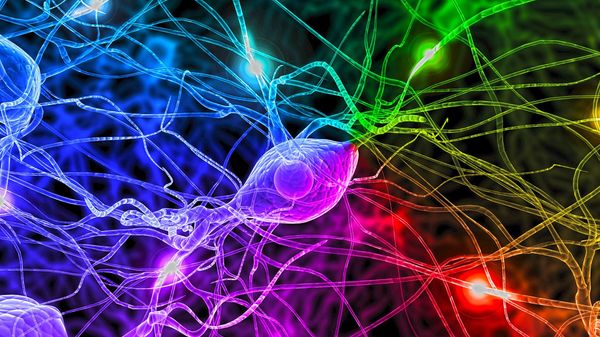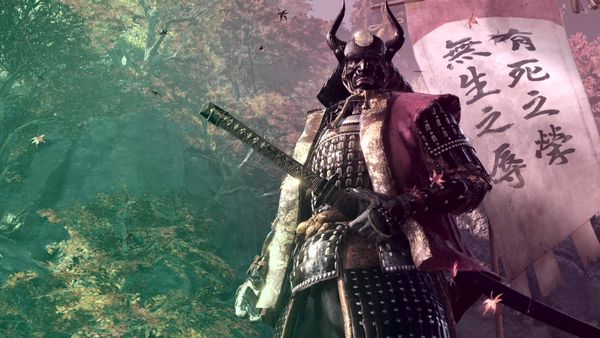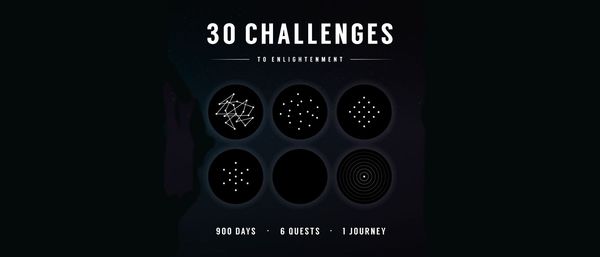DerekVisser • • 7 min read
Boost Your Brain with the Japanese Way of Life
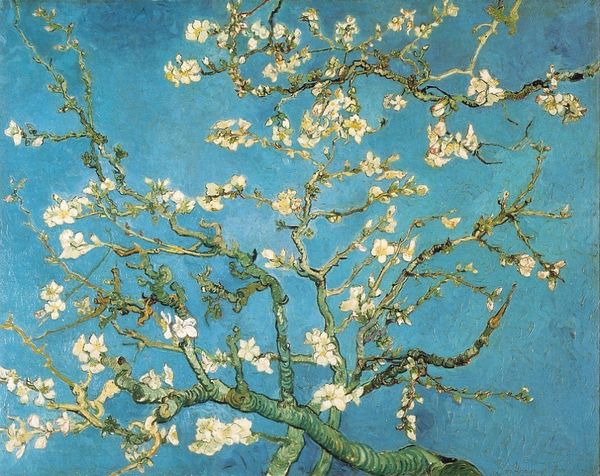
Up until the 1990’s it was thought that after adulthood, the brain remains a fixed entity. It turns out, this isn’t the case. Our brain continues to change and grow and adapt up until the day we die. Neuroscientists call this phenomenon ‘neuroplasticity.’
In this post, we explore the facet of neuroplasticity that helps us generate and integrate brand spanking new neurons. This process is called, wait for it, ‘neurogenesis.’
So how do we actually benefit from neurogenesis? Well, most of the things that make us feel good, in the long run, are also things that enhance neurogenesis. Exercise, maintaining a healthy diet, meditation, socializing, learning, etc.
There is a correlation between neurogenesis, happiness, and health.
One of the things we ought to do when trying to implement an effective strategy in our lives is look for the best, and then imitate them. With neurogenesis, there is no better culture designed to reap its rewards than the Japanese.
In this post, we’ll have a look at the main ways the Japanese culture lays fertile ground for the generation of new neurons in hopes that we can accomplish the same.
The Food, Oh The Food
In the search for happiness, where is a better starting place than food? Us Westerners love stuffing our faces with enormous portions, whereas the Japanese have long since realized that moderation leads to a longer, healthier life.
As early as the 1300’s Zen master Keizan Jokin instructed practitioners in his Zazen notes to eat no more than two-thirds of their full capacity.1
In Japan, a well-known teaching called Hara Hachi Bu instructs to eat until eighty percent full.2
Don’t indulge in fatty foods. Not only is this bad for your body, but it’s just bad for your mind: it promotes habits of greed.
— Keizan Jokin, 1268-1325
There exists strong scientific evidence that caloric restriction (CR) increases life span and a delay in cognitive decline due to the enhancement of neurogenesis.3
The region of Okinawa, where caloric restriction has been practiced for over a hundred years, also has the world’s highest proportion of people who live to see a hundred years.
Sushi
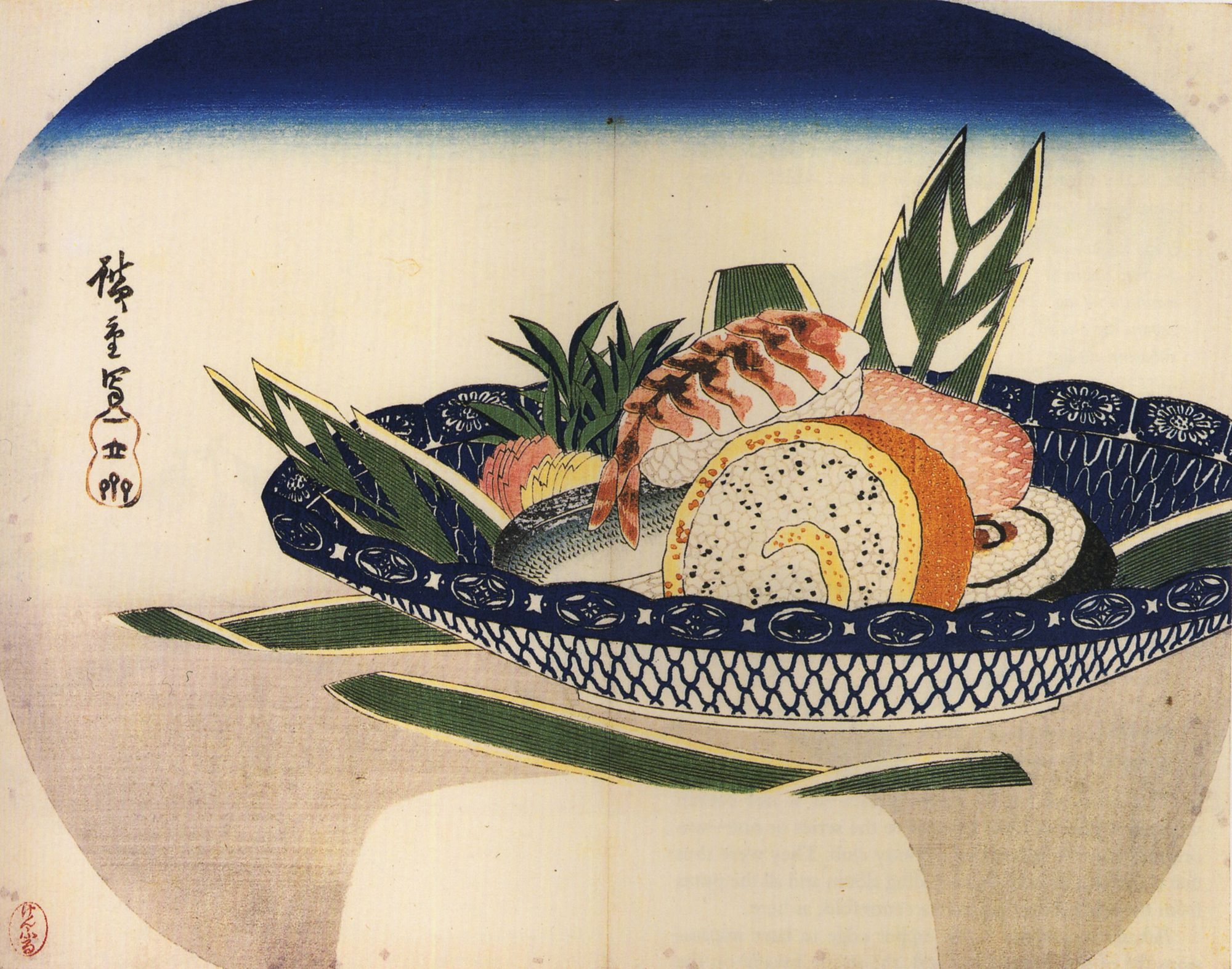
There are few better examples of brain-food than Sushi. First, raw fish forms an essential part of sushi. Tuna and salmon contain high levels of omega-3 fatty acids. Research has shown over and over that omega-3 intake plays a crucial role in neurogenesis. 4
But there’s more… the seaweed often used in sushi rolls adds even more brain power. Seaweed is rich in chlorophyll, the pigment that gives it its green color. Chlorophyll acts as a natural detoxifier drawing out waste products from our blood. The chemical also stimulates the formation of GLP-1 (glucagon-like peptide-1), which in turn, you guessed it, enhances neurogenesis. 5
And what about the eye-watering wasabi used in sushi? This stuff contains Allyl isothiocyanate. While this chemical might not be directly involved in neurogenesis, it has been shown to act as a cancer chemopreventive agent. It inhibits the transformation of normal cells into cancer cells.
While I’m on the subject, be sure to watch the documentary ‘Jiro Dreams of Sushi’, following a now 89-year old who has been perfecting sushi-mastery since he was a boy. Every day he gets out of bed with a determination to improve his sushi, even after devoting 75 years of his life to mastering the art of cuisine, he still sees room for improvement. His Tokyo restaurant is one of the few restaurants in the world to receive a three-star Michelin rating and has been frequented by icons like President Obama.
You have to fall in love with your work. Never complain about your job. You must dedicate your life to mastering your skill.
— Jiro Ono, sushi master
But what good is food without a refreshing beverage?
Green Tea
Matcha tea is a traditional Japanese tea with a twist. This tea consists of young tea leaves sheltered from the sun that are stone ground into a fine powder. The use of Matcha tea has become an integrated part of Zen practice. Monks have been using it for centuries to help them stay alert during meditation.
Matcha is an antioxidant powerhouse containing up to twenty times the antioxidants found in blueberries and pomegranates. It also contains L-theanine, which, again, facilitates neurogenesis and enhances memory. 6 Just like the seaweed mentioned earlier, matcha tea also has high levels of chlorophyll.
Now I’m not suggesting you switch to an every-day sushi diet. Unfortunately, some fish used in sushi is dangerously close to extinction. Omega-3 combined with omega-6 is still what the doctor’s ordered (this post explains the benefits). These fatty acids can be found in large quantities in other foods such as walnuts and soybeans. If you’re having a hard time keeping up your intake of leafy greens, a daily cup of matcha tea can boost your intake of a whole range of healthy nutrients.
Meditation
A silent man is the best man to listen to.
— Japanese proverb
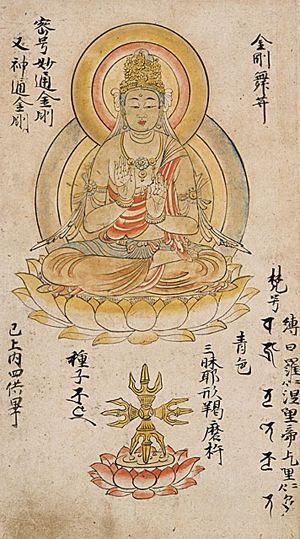
We’ve all seen the classic image of a Zen monk in his robes, but meditation can take many forms. Japanese meditation practice tends to stress the carrying out of activities in a diligent and conscientious manner, which can be considered to be analogous to modern day mindfulness. One only needs to look at the practices of the traditional Shinto religion, practiced by over eighty percent of the Japanese population to see mindfulness in action.
Long-term meditation has been shown to have a significant influence on the amount of gray matter in the brain, correlating with the number of years meditation has been practiced.7
Effects of meditation were mostly found in the subiculum region of the brain, a component of the hippocampus, an area responsible for regulating stress. Stress reduction in turn leads to a reduced release of stress hormones, harmful to neurogenesis, among which is the infamous cortisol. Modern-day Mindfulness-Based Stress Reduction (MBSR) shows similar effects on the brain as observed through fMRI scanners.8
Most research done on the health benefits of relaxation has been focused on meditation. I believe, however, that anything allowing us to take a step back from our continuous stream of thought and possesses great healing power. Whether it be Zen meditation, mindfulness or yoga practice, try and integrate a form of non-doing into your life.
Read: 26 Scientifically Proven Superhuman Benefits of Meditation
Lifelong Activity

We often picture old age as a stage in our lives where we can finally relax, not burdened by the daily stress of work and social obligations, the ‘golden years’. However, research has shown that physical and cognitive inactivity after retirement leads to a rapid decline in health.9
Remaining active throughout life, however, has proved to be highly protective of cognitive decline.10
Research has shown life satisfaction and feelings of happiness to be strongly correlated with active participation in activities.11
Japan has a rapidly aging workforce and general population, interestingly enough though Japan has the lowest health care expenditures as a share of GDP among developed countries. This might be explained by the fact that elderly Japanese are still strikingly engaged in activities at an old age. The country has the highest proportion of working seniors in the developed world.
Mieko Nagaoka is a shining example that not all is over at old age. Now 101 years of age, Mieko learned to swim in her 80s and is currently the holder of 18 world records and not ready to give up.
Note: The Japanese haven’t always been exemplary for their outstanding behavior towards the elderly. There’s even a word (Ubasute) for abandoning the sick and elderly on a mountain to die.12
Read: 17 Scientifically Proven Superhuman Benefits of Exercise
What now?
By now, I hope you’re convinced the Japanese have some pretty nifty tricks up their sleeve to maintain and improve their health and happiness. To profit from Japanese wisdom back home just keep these three simple pointers in mind:
- Watch your caloric intake and make sure the calories you eat are packed with healthy nutrients. And don’t be greedy.
- Find the time in your day for a quiet moment, away from your thoughts.
- You’re never done learning and living! (until, of course, you are).
References
- Zazen Yojinki, What to be aware of in Zazen – http://wwzc.org/dharma-text/zazen-yojinki-notes-what-be-aware-zazen
- Wikipedia, Hara Hachi Bu – http://en.wikipedia.org/wiki/Hara_hachi_bu
- Aging, Neurogenesis, and Caloric Restriction in Different Model Organisms, Arslan-Ergul, Ozdemir, Adams, 2013 – http://www.ncbi.nlm.nih.gov/pmc/articles/PMC3733585/
- Omega-3 fatty acids upregulate adult neurogenesis, Beltz, Tlusty, Benton, Sanderman, 2007 – http://www.ncbi.nlm.nih.gov/pmc/articles/PMC1892224/
- Drugs developed to treat diabetes, liraglutide and lixisenatide, cross the blood brain barrier and enhance neurogenesis, Hunter, Hölscher, 2012 – http://www.ncbi.nlm.nih.gov/pubmed/22443187
- Facilitated neurogenesis in the developing hippocampus after intake of theanine, an amino acid in tea leaves, and object recognition memory, Takeda, Sakamoto, Fukura and others, 2011 – http://www.ncbi.nlm.nih.gov/pubmed/21604187
- Meditation effects within the hippocampal complex revealed by voxel-based morphometry and cytoarchitectonic probabilistic mapping, Luders, Kurth, Toga and others, 2013 – http://www.ncbi.nlm.nih.gov/pmc/articles/PMC3705194/
- Mindfulness practice leads to increases in regional brain gray matter density, Hölzel, Carmody, Vangel, 2011 – http://www.ncbi.nlm.nih.gov/pmc/articles/PMC3004979/
- Effect of physical inactivity on cognitive performance after 2.5 years of follow-up, Aichberger, Busch, Reischies and others, 2010 – http://psycnet.apa.org/journals/gro/23/1/7/
- Leisure activities and cognitive function in elderly community-dwelling individuals in Japan, Iwasa, Yoshida, Kai and others, 2011 – http://www.jpsychores.com/article/S0022-3999(11)00251-0/abstract?cc=y
- Effects of Activity Participation of the Elderly on Quality
of Life, Matsuo, Nagasawa, Yoshino and others, 2003 – http://lib.med.tottori-u.ac.jp/yam/yam46-1/46_017-024.pdf - Wikipedia, Ubasute – http://en.wikipedia.org/wiki/Ubasute




